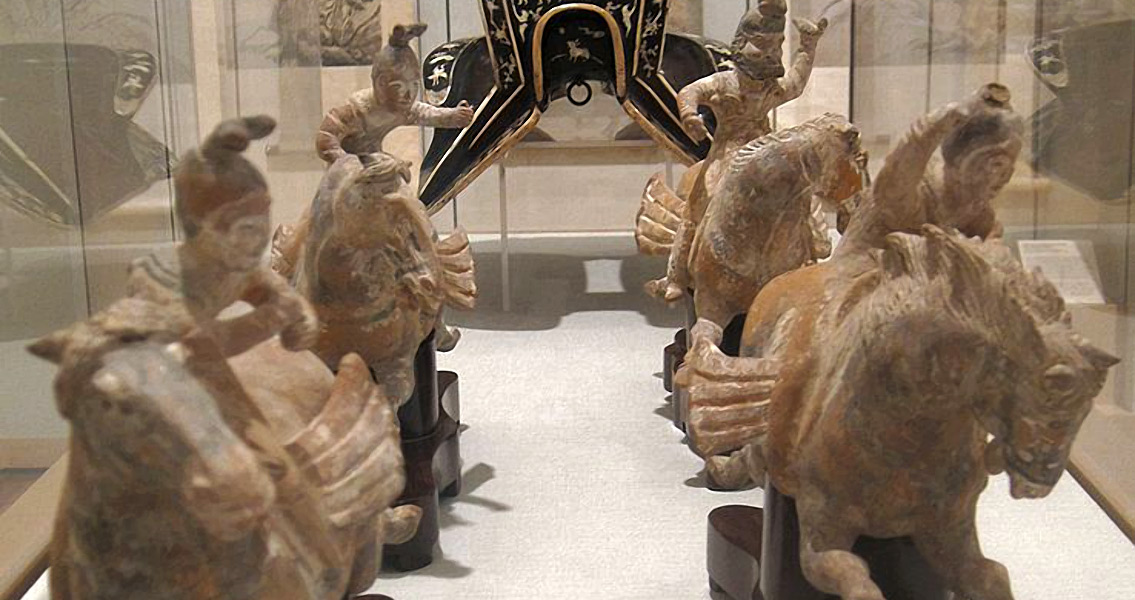<![CDATA[Eight polo sticks and three leather balls discovered in the Yanghai Tombs in northwestern China have been dated back between 2,400 and 2,800 years, potentially pushing back the origins of the game that is famed for being the sport of the elite around the world. The first mentions of Chinese polo in writing date from the period of the Han Dynasty, between 202 BCE and 221 CE. Although the balls found in the Yanghai Tombs have a design similar to others found in the tomb of a Han ruler in the Gansu province, also in northwestern China, they seem to be significantly older. So far, historians and archaeologists have been unable to accurately date the origin of the sport. The three balls are made of sheepskin and are stuffed with leather and wool. The sticks, with their long handles, resemble in shape and design the polo sticks featured in paintings from a much later Chinese dynasty, the Tang Dynasty from 618-907 CE. Similar polo sticks have been excavated from the Astana Tombs, located near the Yanghai Tombs, also in Turpan. The Yanghai Tombs are a major archaeological site in China, with some of the graves there dating back 3,000 years. It has been the object of research for almost fifty years now, yielding a wealth of artefacts and information about life in the region. The 54,000 sq. m site contains well preserved mummies, thanks to its dry climate, which have been identified as belonging to the Subeixi people. It is due to the same dry climate that the polo sticks and balls have been so well preserved over the millennia. The Subeixi, fair-haired, Caucasian in appearance, are considered to have been the first steppe people to quit the nomadic lifestyle characteristic of the time and region, and settle down permanently in the Turpan Basin. This started around 3,000 years ago and over the course of a millennium the Subeixi became pastoralists, taking part in the creation of the notorious trade path known over the centuries as the Silk Road, according to archaeologist K. Kris Hirst. The Subeixi civilisation fell to the Western Han Dynasty some time around 100 CE. It now seems, however, that part of their culture was playing polo, just like other ancient cultures in the region. Until now, Polo was believed to have originated about 2,600 years ago in Persia, but it was also known that the steppe peoples of Central Asia regularly played it, not just as a friendly sport but as part of military training, first of royal guards and the cavalry, and then, it seems, of a wider range of warriors, according to historical documents. Given that one of the most distinctive features of these peoples was their horse-riding prowess, it would only be natural that in the absence of war, the army would maintain their prowess by playing polo, sometimes with as many as a hundred people in each team. One can only marvel at the long way this game has come, from a military training discipline to a pastime for the aristocracy. Image courtesy of Wikimedia Commons user: Hiart]]>
New Find Pushes Back Polo Origins
